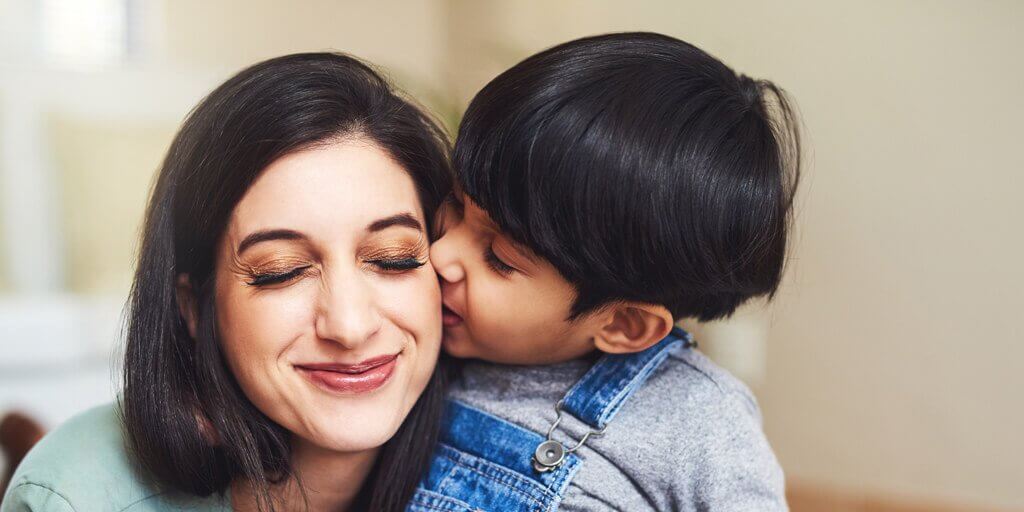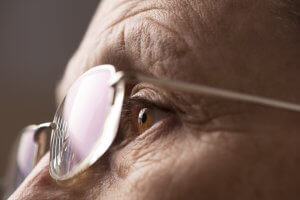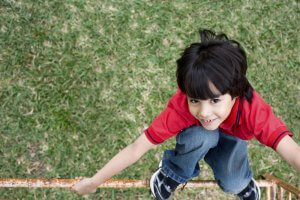Symptoms and treatment for Accommodative Esotropia

Voted Best of Berks—
eight years in a row!

Your child has been diagnosed with Accommodative Esotropia. This is a common condition which tends to occur in children two years of age or older.
Symptoms
Esotropia means the eyes are turned inward relative to each other.
You may notice the inward turning of the eye at all times or only sometimes. The inward turning may be more noticeable when your child looks at things up close.
You may notice that either eye turns in. However, in some children it appears that only one eye turns inward.
Accommodative indicates that the inward turning of the eyes is caused by the child focusing (accommodating) his or her eyes. A farsighted child can focus his or her eyes to adjust for the farsightedness. However, the focusing effort required to see clearly causes your child’s eyes to cross.
Therefore, the amount of in-turning varies with the amount of effort with which your child is focusing. Some children with accommodative esotropia avoid having their eyes cross by rarely focusing their eyes. However, when they see a small, interesting object these children will focus their eyes in order to see clearly, and their eyes will cross. Sometimes a child will close an eye in order to avoid seeing double when that eye turns inward.
Treatment
Glasses, patching and surgery are the most common treatments.
Glasses – Glasses appropriate to your child’s farsightedness are given to reduce the focusing effort needed to see clearly. Therefore, while wearing the glasses your child can see clearly without his or her eyes crossing. It is important that your child wears his or her glasses at all times. Bifocals may be prescribed if your child still has a significant amount of esotropia for close work even while wearing “regular” glasses.
A child who does not wear glasses will continue to cross his or her eyes. It is felt that children whose eyes are not aligned will eventually lose the ability to use their eyes together. At this point glasses will not correct the esotropia and surgery will be necessary.
Patching – If your child has amblyopia, or “lazy eye,” then patching is necessary in order to improve the vision in the amblyopic or “lazy” eye. A child with untreated amblyopia will never be able to use their eyes together and will not have a good long-term result.
Surgery – In some children glasses improve but do not completely correct the inward turning of the eyes. If the eyes are not straight while wearing the proper glasses then surgery may be considered.
Find a Doctor
Physician information including education, training, practice location and more.
Schedule an Appointment
Call 800-762-7132 or make an appointment online.





